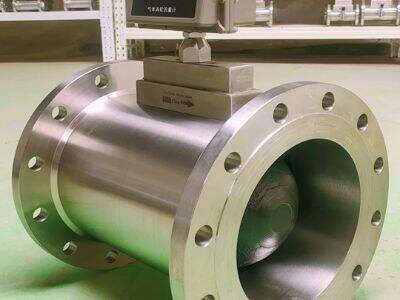Gas spinning vortex flow meters are specialized devices that aid in determining the speed of gas moving through pipes. Occasionally, these meters can read incorrectly because of something called pipeline pulsation. So, just what is pipeline pulsation, and how does it affect the readings of gas spinning vortex flow meters?
What is Pipeline Pulsation?
Pulsation in a pipeline occurs when the pressure inside a pipe increases and decreases rapidly. This can occur for a variety of reasons, such as how gas travels, with valves opening or closing, or if there’s an issue with the equipment. When changes in pressure like these happen, they can muck up the gas flow inside the pipe, and cause the flow meters to read the wrong thing.
How to Locate Misreadings on Flow Meters
There are a couple ways to tell if a gas spinning vortex flow meter providing erroneous answers other than comparing its readings to a known flow rate. If once again, the numbers are radically different, the meter might not be working properly. In such cases, the question becomes why — and pipeline pulsation could be to blame.
Attenuating effects of pipeline pulsation
You will also want to understand what is causing the pulsations to ensure that the flow meters are providing proper readings. Once we know what’s causing them, we can work to minimize them, or to stop them altogether. This could involve rethinking how valves function, installing dampeners or reconfiguring the pipes to reduce pressure changes. The accuracy of gas vortex density meters can be enhanced by eliminating the cause of the pulsation.
Explanation of Gas Flow and Meter Readings
Gas flow inside the pipe is of great importance for receiving right readings out of the gas spinning vortex flow meters. And if the flow of gas is bumpy, or not smooth, it can also have an impact on how the meter functions, leading it to give incorrect readings. By understanding how gas flow influences meter readings, we have good solutions to ensure we also obtain accurate measurements.
Maintaining the Reliability Of Gas Spinning Vortex Flow Meters
Regular maintenance and calibration can make a big difference in the ability for Pressure transmitter/sensors to work well with this pipeline variability. Calibration ensures that meters are measuring flow rates accurately; frequent testing can identify any issues that can result in false readings. In addition, expensive meters and monitoring systems can improve reliability.
So, in summary, pipeline pulsation can make a big difference to the accuracy of gas spinning vortex flow meters. Low readings can result from various causes, such as detecting problems, pulsation reduction, learning about gas flow, and maintaining meters for optimal performance. Don’t forget to clean and control gas spinning vortex flow meters A gas spinning vortex flow meter should be upkept and calibrated as long as it gives measurements.


